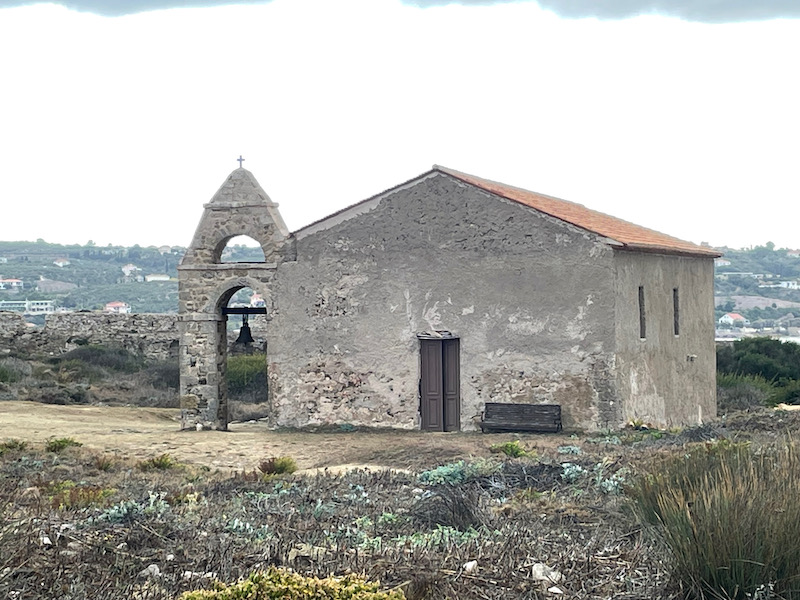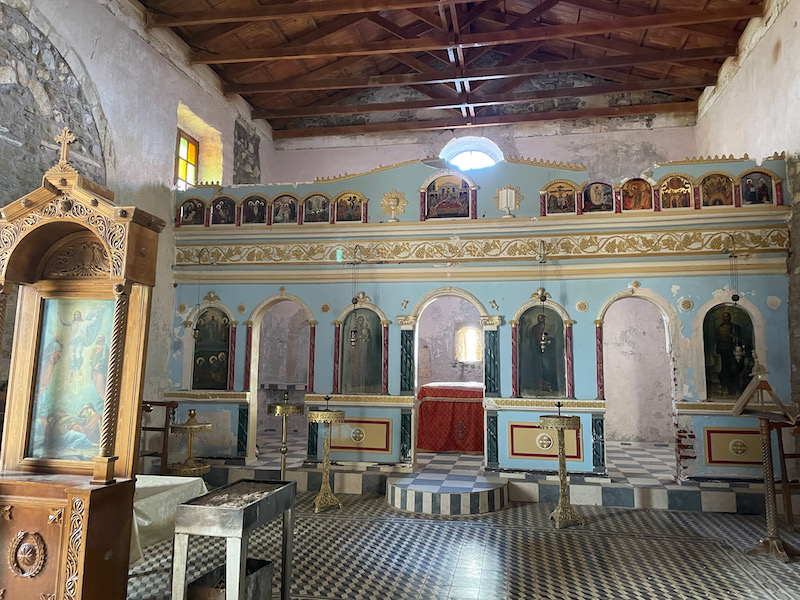Our Blog - Greece 2024 - Methoni Castle
The Castle of Methoni is a medieval fortification in the port town of Methoni that occupies the entire area of the cape and the southwestern coast to the small islet that has also been fortified with an octagonal tower and is protected by the sea on its three sides. The area has been fortified since the 7th century BC, being used by the Byzantines until 1204. It passed to the Venetians in 1209 when they became the rulers of the area. During the first era of Venetian occupation (1209-1500), the town was a financial center and commercial port and the town reached its peak. It was during this peak period that this castle was built, with its massive fortification walls.
From the outside, it looks rather massive. It has a large moat surrounding these huge walls. The entrance is accessed by a stone bridge of 14 arches over the moat, which replaced the original wood bridge.
The celebrated symbol of Venice, the lion of St Marc, dominates the gate of the castle like this bas-relief on the exterior castle wall.
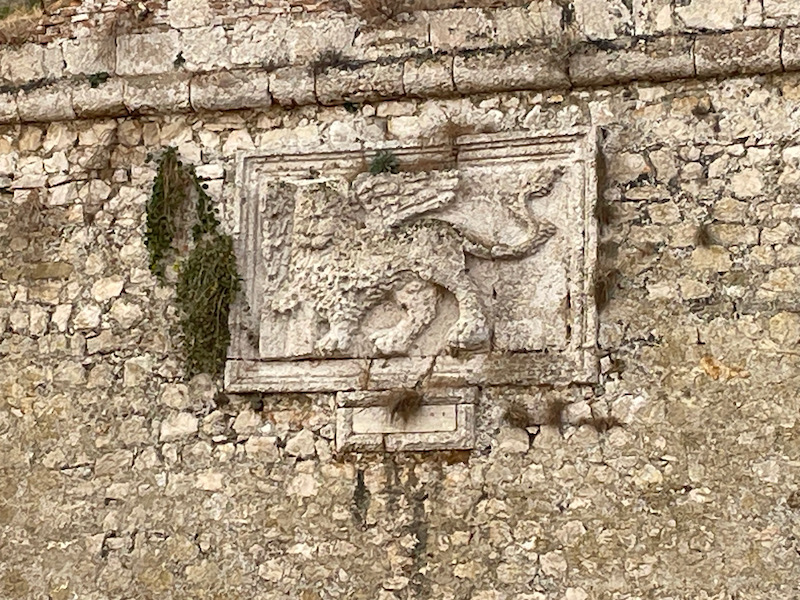
The central gate dates from the Second Venetian rule, between 1686 and 1715. It is decorated with Corinthian columns in relief, with spears on either side. Until 1828, you entered through this gate after passing over the moat using a wooden bridge. This was replaced with the 14-arch stone bridge, built by a French military unit.
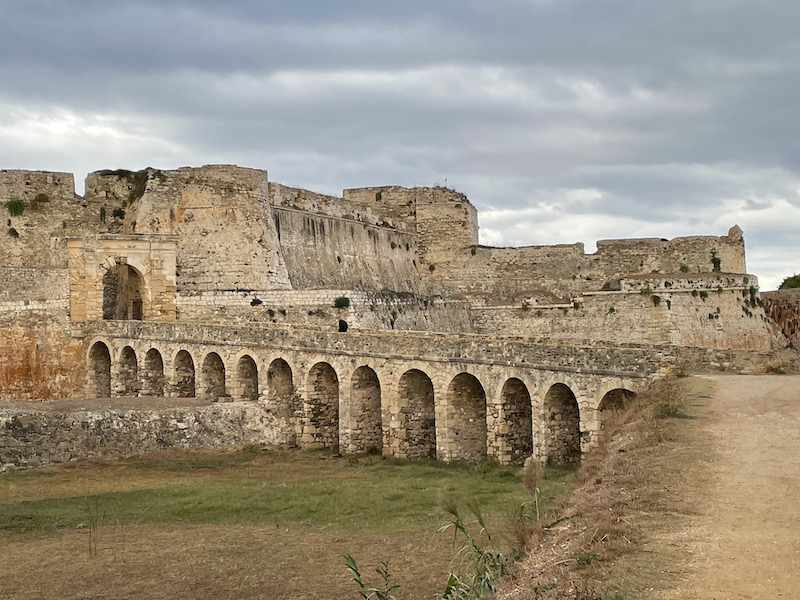
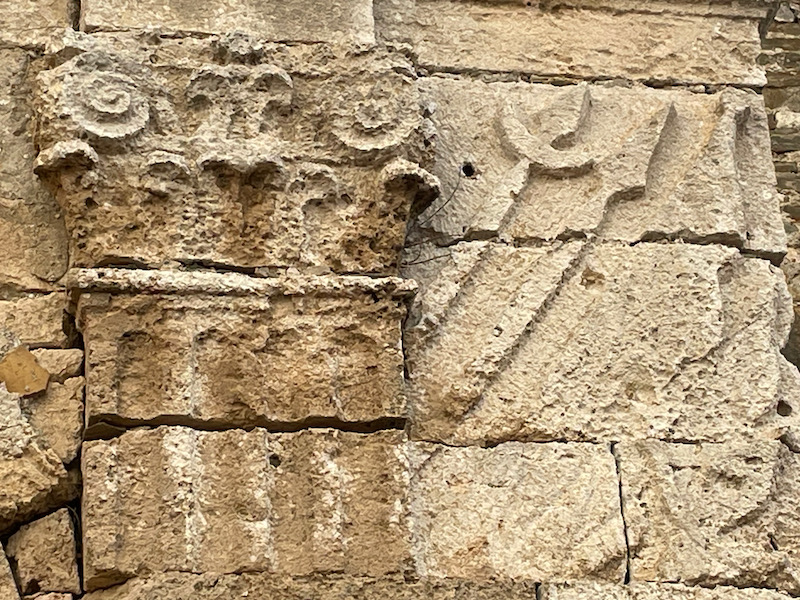
Inside, you'll find more instances of the lion of St Marc, who was the protector-saint of the Venetian Republic. In the castle, there are 15 instances of this lion that have survived, mostly from the 14th and 15th centuries.
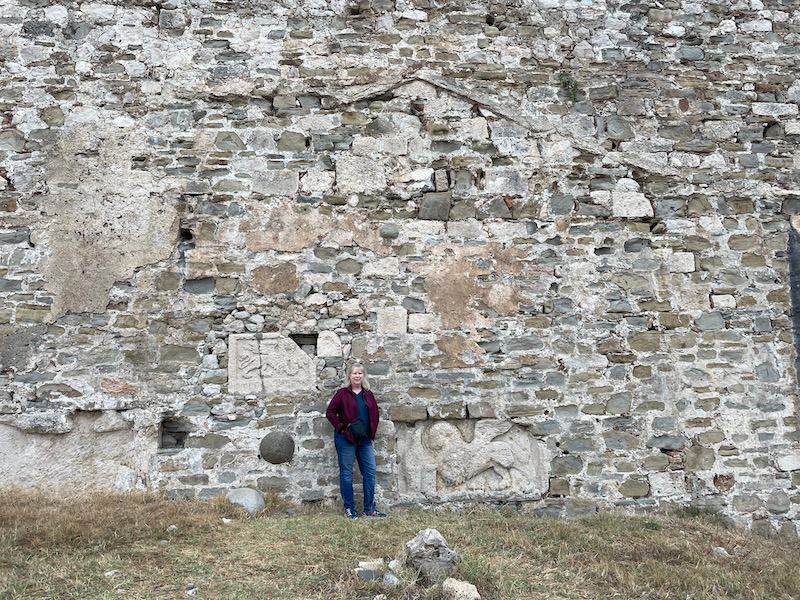
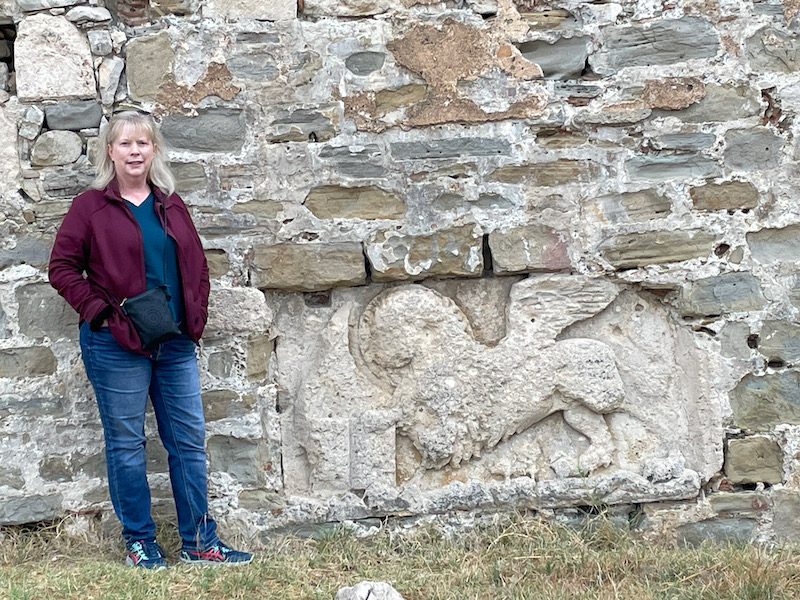
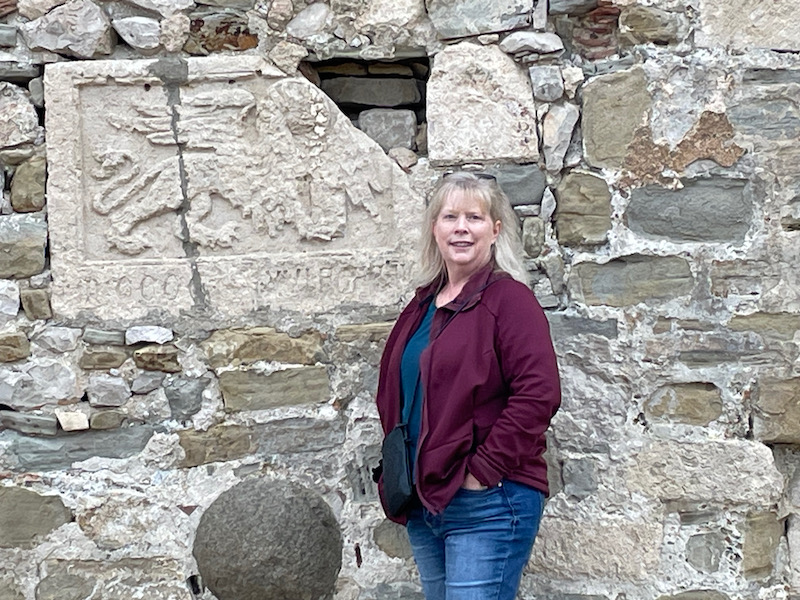
After going through a couple different minor gates, you enter into the great Square of the Arms. What today is really just an open field was filled with wooden houses, narrow paved streets, and a main market square. This granite column has an inscription at the top with a date of 1493.
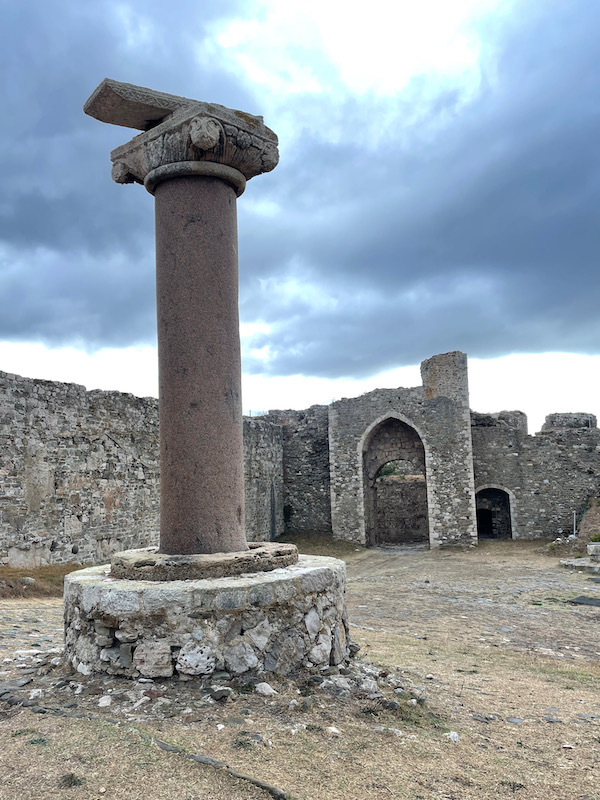
As mentioned, the castle is surrounded by water on 3 sides, and the walls go right up to the waters edge. In some cases, like here, the water has "eaten" a section of the wall.
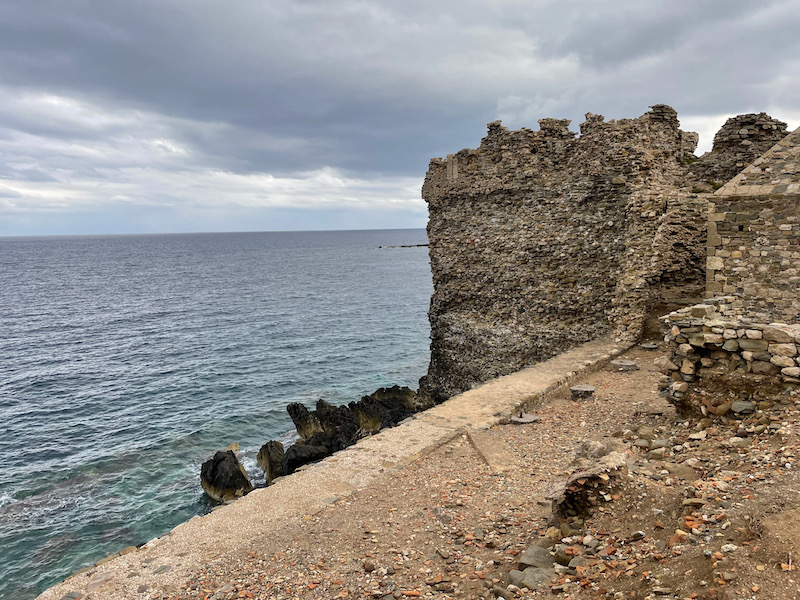
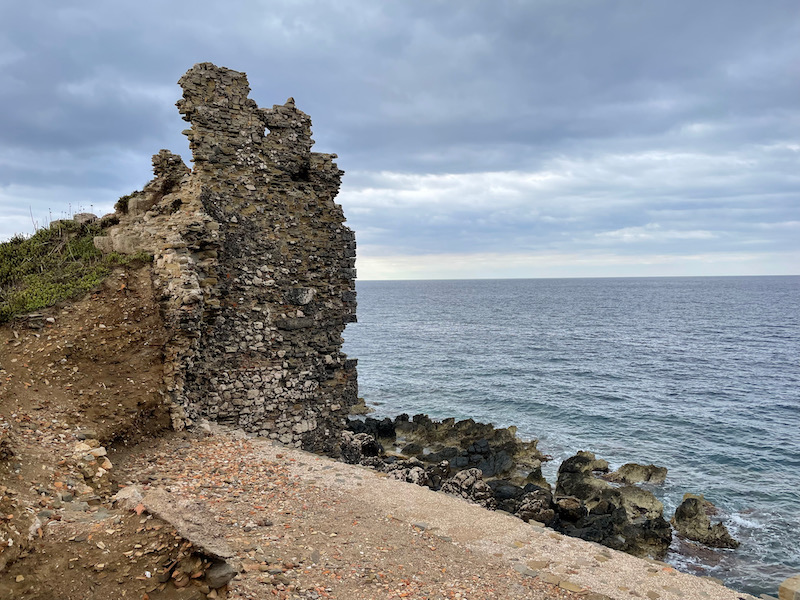
As I pan around the entire interior of the castle walls, you can see that, while the exterior walls look quite impressive, the inside of the castle is, well, less than impressive. At the very end is the octagonal tower (which we'll see up-close), and a couple other towers. There is a small church in the middle, but other than that, it is really just a bunch of small mounds.
I'm not sure how good this picture is at conveying this in 2D ... where the concrete is was the wall (you can see the stones on the far end still making up the outer wall) ... the area to the right of that is all what has fallen into the sea over time, taking that section of the outer wall with it.
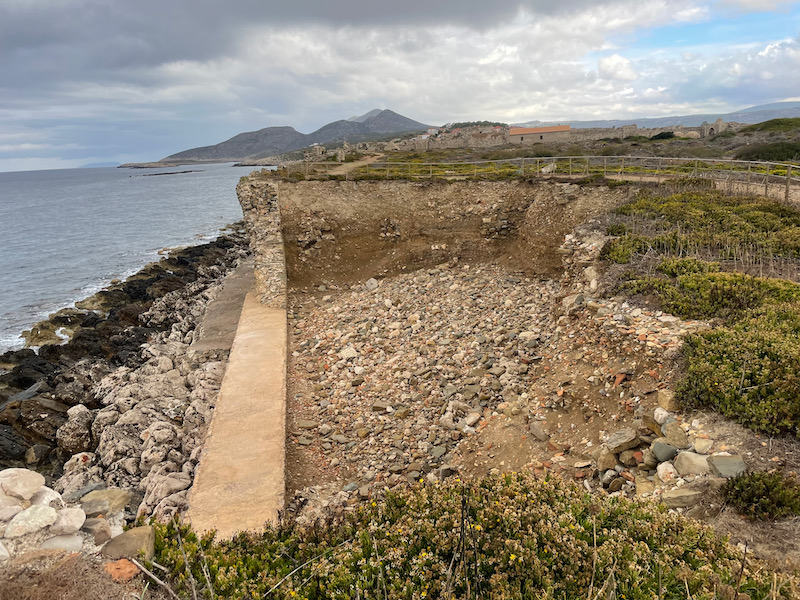
The most interesting parts of the site (I guess those that are still more visible) are at the very tip. Starting from the right, you can see the Bouritzi tower (more on that in a few pictures), and then the restored sea gate. It has 2 tall square towers that are linked with a platform and crowned with bastions. Then to the right again is the large SouthEast Coastal Tower.
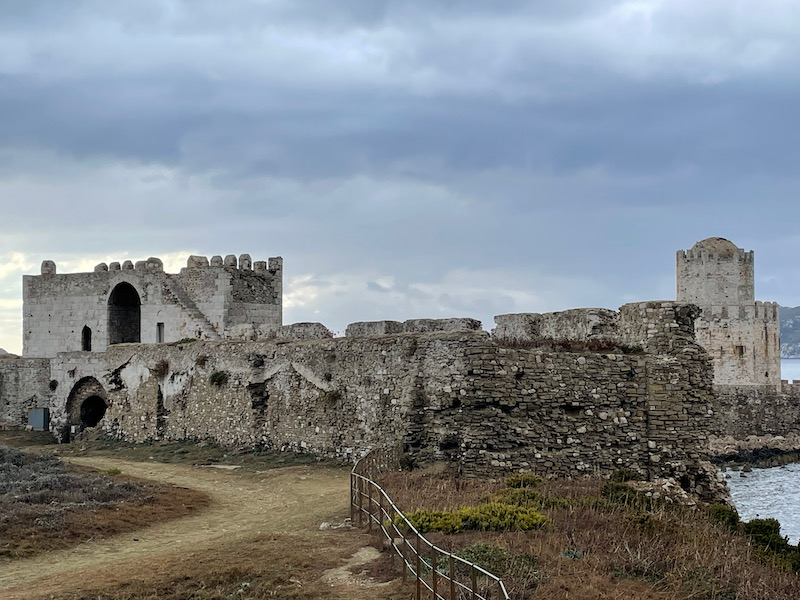
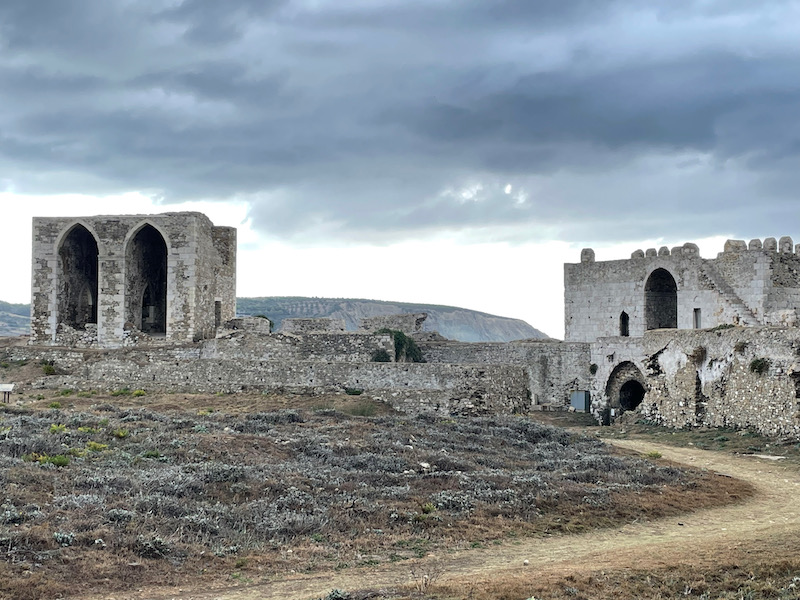
After passing through the sea gate, you follow a stone-paved path over a small bridge to the small fortified islet of Bourtzi. The Bourtzi was started under Venetian rule just before 1500, but completed after the takeover by the Ottomans during the 16th century. You can see the 2-story octagonal tower with a round dome. Originally as a guardhouse to survey the harbor, it has been used at various times as a lighthouse and a prison.
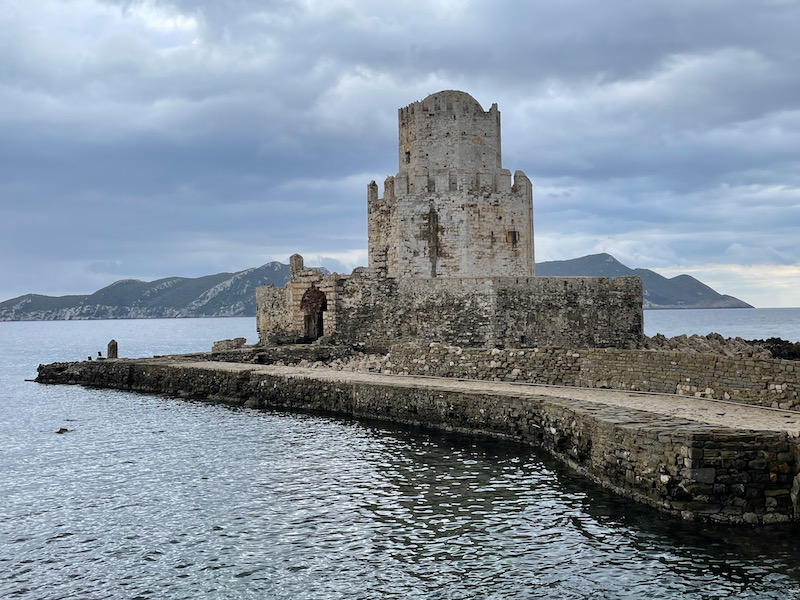
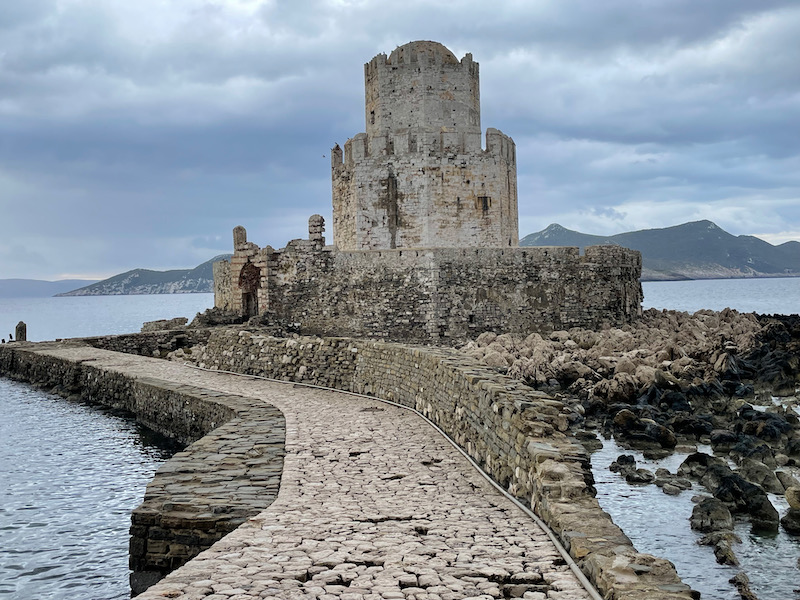
And this is the view from the Bourtzi back to the sea gate and fortress.
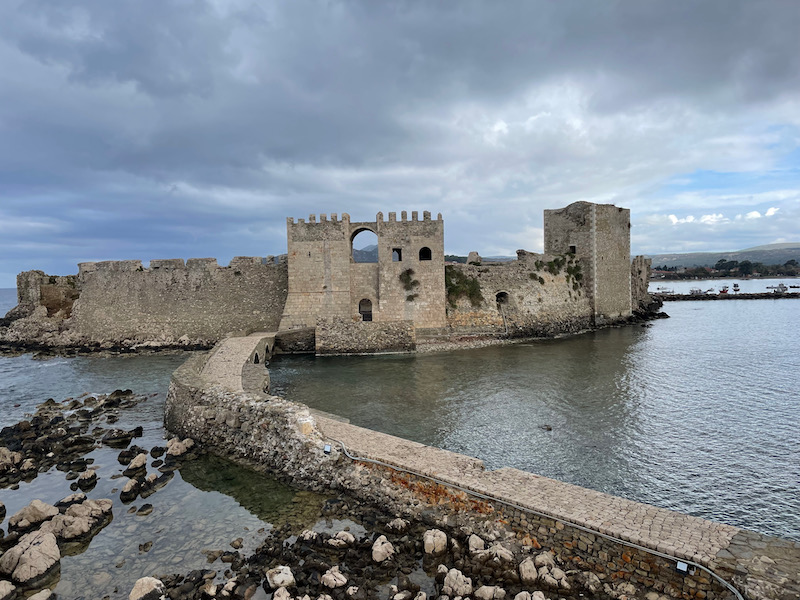
This building looks like it is in almost perfect shape because of a restoration that was done. The first picture shows how it looked before the work ... it is quite a difference! Once you get a bit closer, you can see that it isn't fully restored, since peeking inside, you can see the missing stones in the arch.
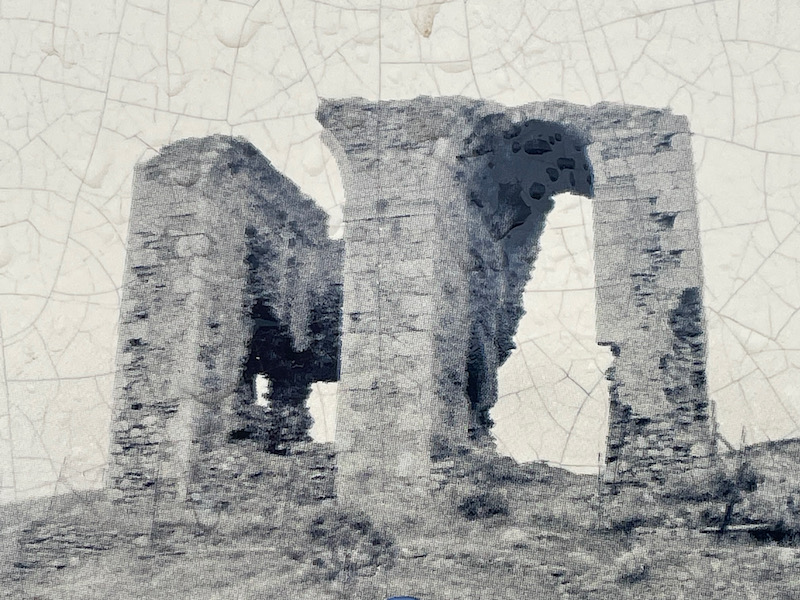
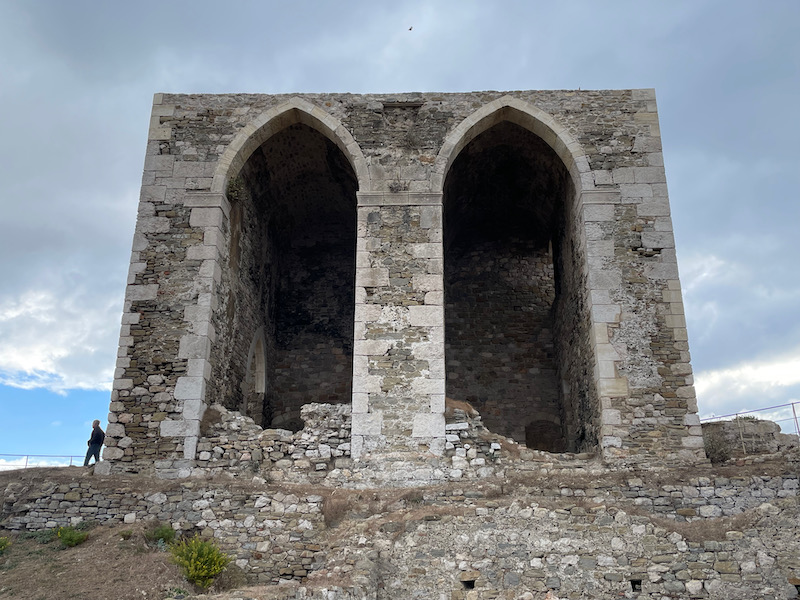
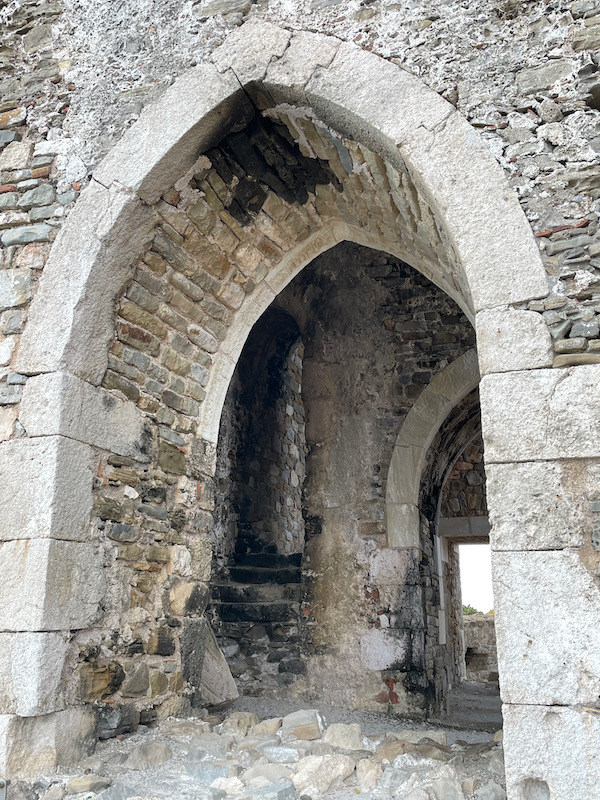
I'm not sure what this domed-roof was, perhaps one of the houses due to the placement in the middle of the fortress.

The only real building that is still fully standing in the interior of the fortress is this church, which actually looks like it may still be in use today. Not as ornate as some other Greek Orthodox churches that we visited (although we haven't visited very many this trip), but they do like their gold iconography.
